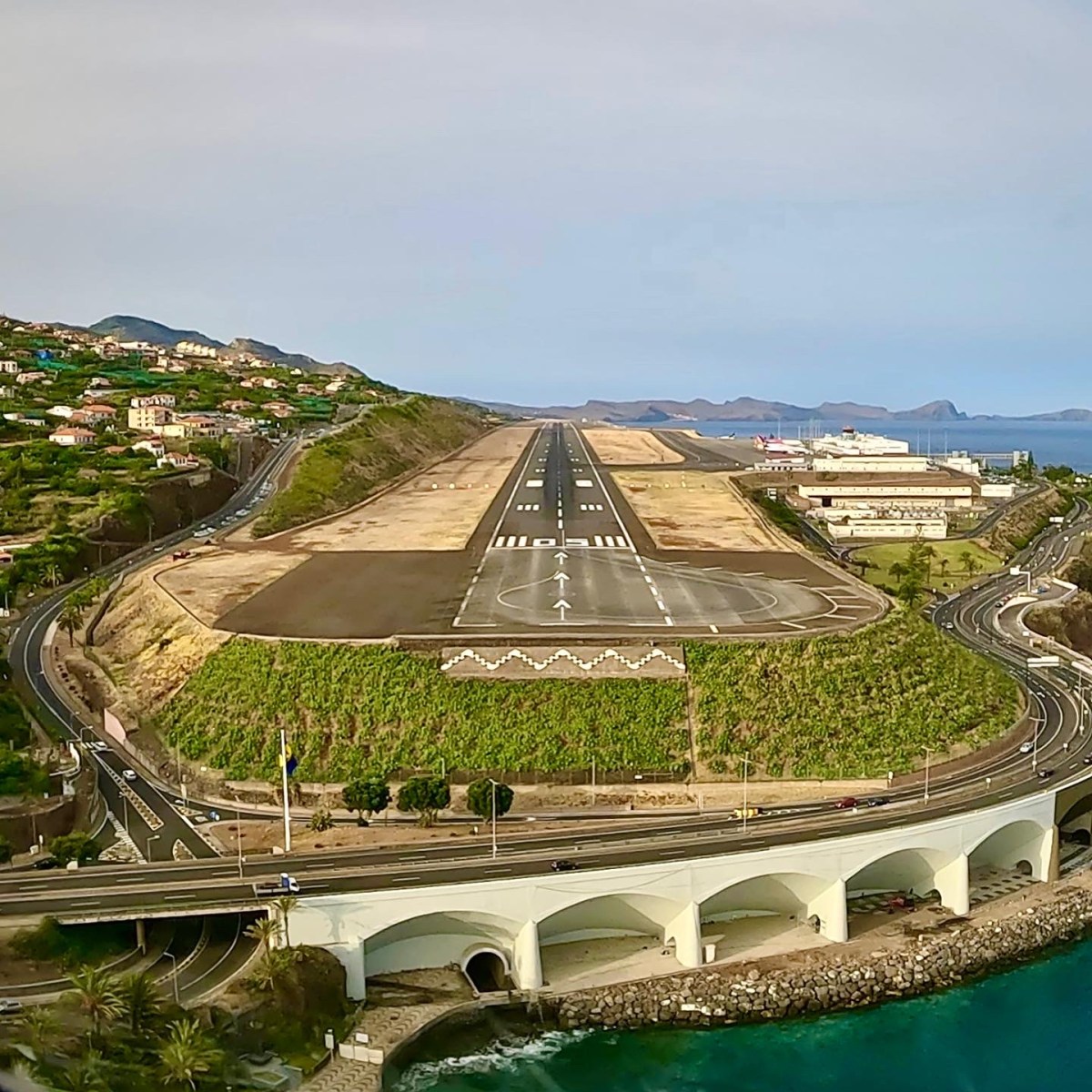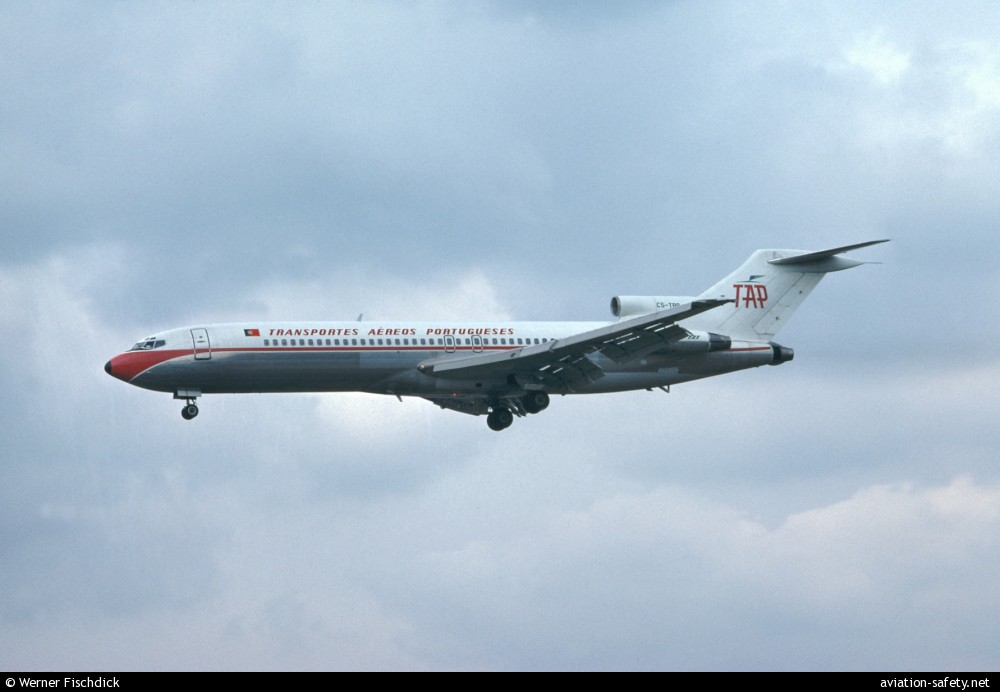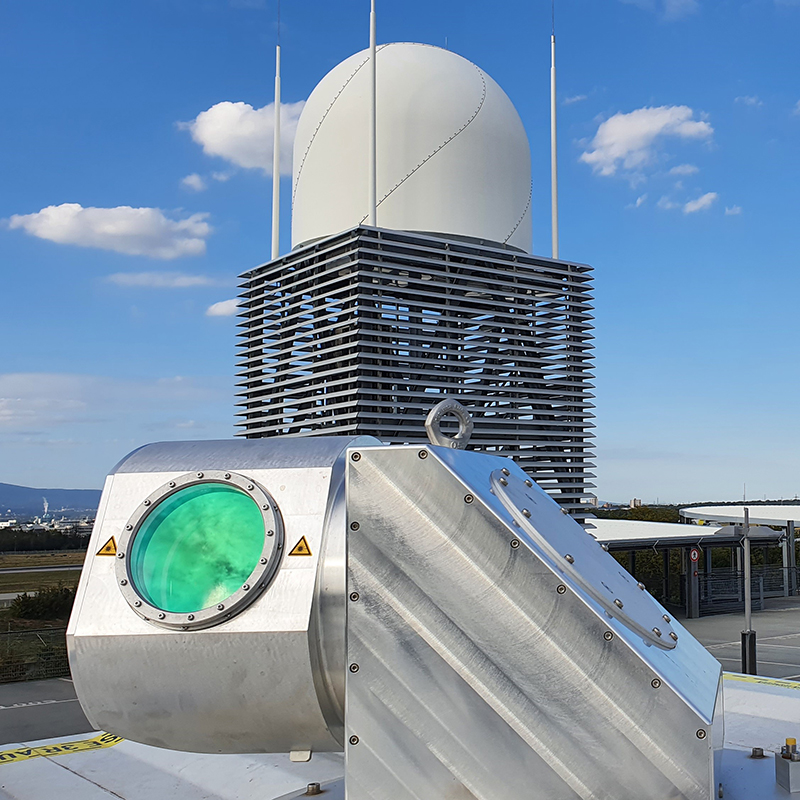Landing in Madeira: Why Funchal Airport Is the World’s Most Thrilling Approach
Landing at Madeira Airport: A Bucket-List Flight Experience
Flying into Madeira Airport (FNC) is not for the faint of heart — and that’s exactly why travelers love it. Nestled between rugged cliffs and the Atlantic Ocean, the approach demands a sharp final turn, unpredictable winds, and nerves of steel from both pilots and passengers.
The result? A landing experience that consistently ranks among the world’s most thrilling flights.

The breathtaking approach to Madeira Airport is considered one of the most challenging landings in the world.
Why This Topic Comes Up on My 4×4 Tours
One of the most common questions I get from clients on my Madeira 4×4 tours is: “Is it true that landing here is one of the scariest in the world?”
The short answer: yes — but it’s also one of the most spectacular and safest, thanks to incredible engineering and modern technology. Since it’s such a popular topic among visitors, I decided to put everything together here: the history, the tragedy, the innovation, and the future of Madeira’s famous airport.
The 1977 Madeira Crash: A Tragic Turning Point
Before Madeira became known for spectacular but safe landings, tragedy struck. On 19 November 1977, TAP Portugal Flight 425, a Boeing 727, crashed while attempting to land at Funchal.
• The weather was stormy: heavy rain, strong winds, and poor visibility.
• The aircraft touched down too far along the then-short 1,600-meter runway.
• Unable to stop, it overshot the runway, broke apart, and fell onto the beach and into the sea.
• Out of 164 people on board, 131 died, making it the deadliest aviation accident in Portugal’s history.
The investigation concluded that poor weather, the short runway, and a delayed go-around decision were to blame.
This disaster shocked Portugal and the aviation world. It also set in motion major changes that would eventually transform Madeira’s airport into the modern facility it is today.

The aircraft involved was a Boeing 727-282 Advanced with aircraft registration CS-TBR, and named after the Portuguese aviation pioneer Sacadura Cabral.
A Runway Built on 180 Concrete Pillars
When Madeira first opened its airport, the runway was too short for modern aircraft. Engineers solved this in 2000 with a daring extension — by building a massive platform over the ocean.
• Supported by 180 reinforced concrete pillars
• Each pillar measures around 3 meters wide
• Some stretch up to 120 meters long, anchored deep into the seabed
This extraordinary construction not only made Madeira accessible to larger planes but also won international awards for structural engineering. Today, it’s a landmark of aviation design.

The 2000 runway extension rests on 180 massive concrete pillars, creating one of aviation’s most unique structures.
Why Pilots Need Special Certification
Even with its extended runway, Madeira Airport remains one of the most challenging places to land.
• Strong Atlantic crosswinds funnel through the island’s mountains
• Aircraft must perform a tight final turn before lining up with the runway
• Only pilots with special training are allowed to land here
For travelers, this makes flying into Madeira an unforgettable mix of adrenaline and beauty — a white-knuckle descent with views of cliffs, vineyards, and turquoise sea.
The New MAD Winds Radar System
One of the biggest challenges for Madeira Airport has always been wind-related diversions. Around 80% of diversions occur when winds are only 3 knots above the safety limit.
To address this, NAV Portugal installed a cutting-edge radar system in late 2024, known as MAD Winds.
What MAD Winds Includes:
• X-Band Radar for high-resolution tracking
• LIDAR technology for laser-accurate wind readings
• Real-time data processing within a 10 km radius
The €3.5–4.5 million system is now in a 365-day testing phase. Once fully operational, it could allow regulators to reassess wind limits, reducing diversions while keeping safety the top priority.

The new MAD Winds system uses radar and LIDAR to provide ultra-precise wind data.
The Future of Flying Into Madeira
With its runway resting on 180 towering pillars and the MAD Winds radar system set to redefine safety standards, Madeira is writing the next chapter in aviation innovation.
For travelers, this means:
• Fewer diversions
• Smoother landings
• The same jaw-dropping views on approach
Landing in Madeira has always been a mix of adrenaline and awe. Thanks to new technology, the experience is about to become even better — without losing any of the thrill.